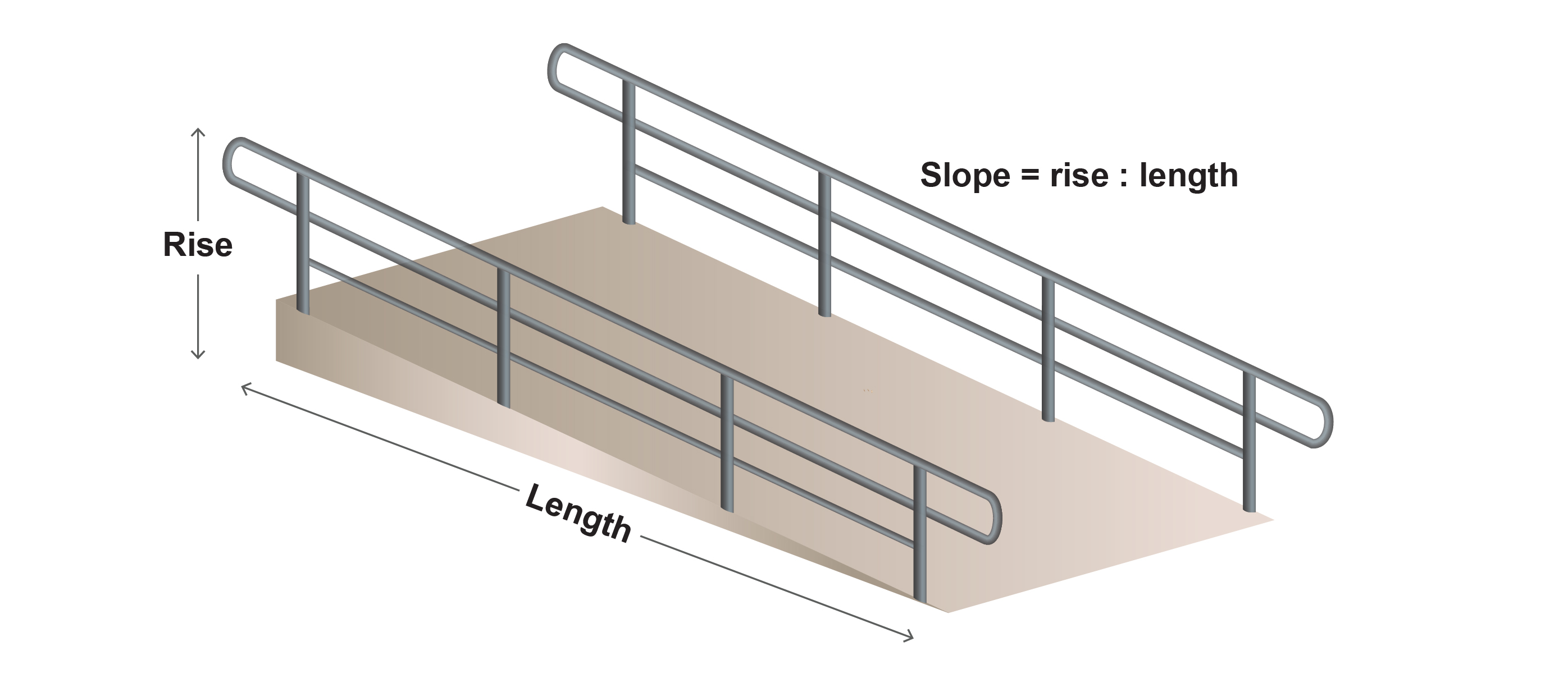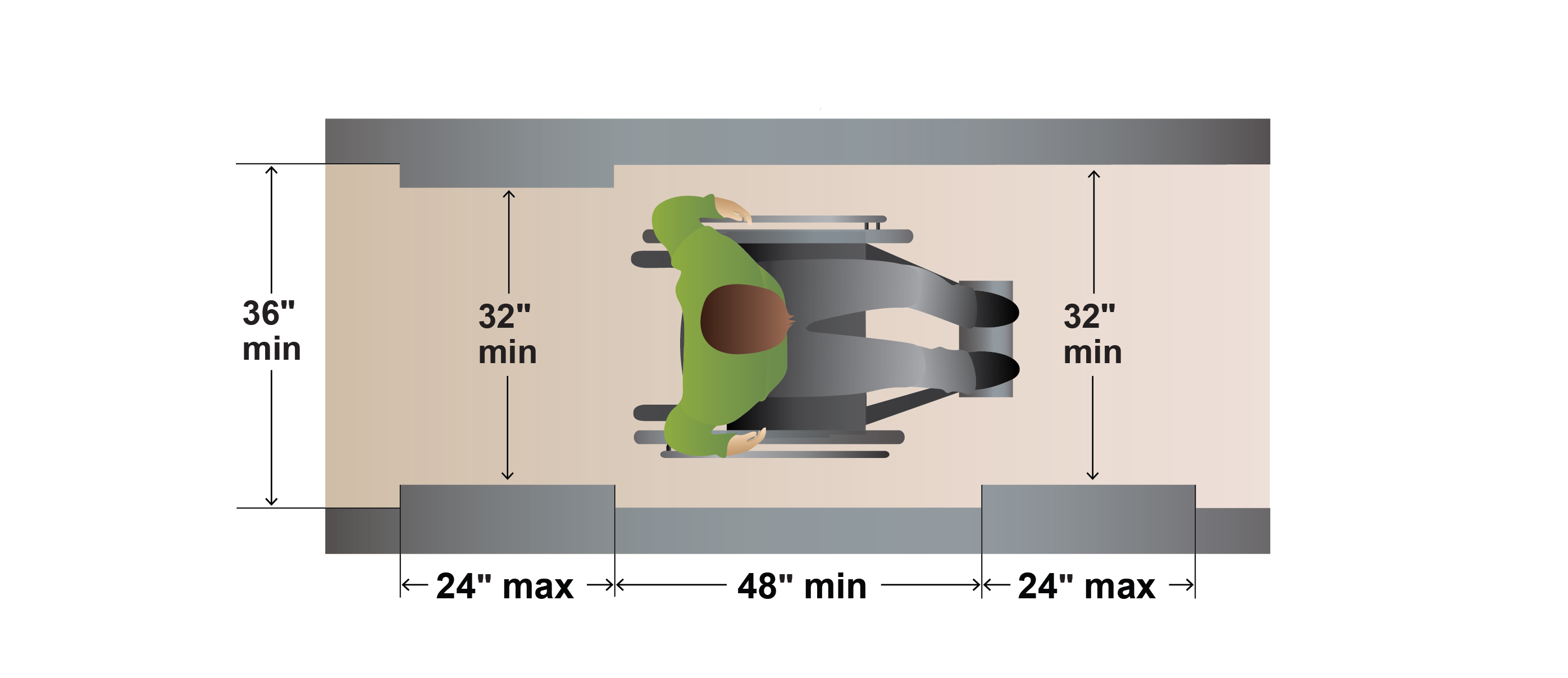On July 13, 2016, Shelley Siegel, FASID, a licensed interior designer, was inducted into the U.S. Access Board. Siegel was appointed to the board by President Obama, who recognized her vast experience in accessible interior design. The board, which was created in 1973, works to promote equality for people with disabilities by ensuring access to all federally funded facilities. In 1990, the Americans with Disabilities Act (ADA) was passed, and the board's mission expanded to implement the standards issued under the new legislation. Her new position is significant because it shows recognition and validation for licensed interior designers and acknowledges that they are experts on designing for and meeting accessibility standards and universal design in the built environment.
To earn the license to become a Certified Interior Designer, you must have six years of combined education and experience and pass the National Council for Interior Design Qualification exams. Currently, not every state requires a license to practice, but this license is an important part of the profession. At Dewberry, we have both licensed interior designers and those pursing their licensure on our staff. A major part of interior design is detailed planning to incorporate strict building codes, standards, and guidelines to protect the health, safety, and welfare of those who utilize a space.
Commitment to Accessible Design
Known as a pioneer in designing accessible spaces, Siegel has many years of experience on projects that not only meet ADA requirements, but are aesthetically pleasing. She has served on numerous boards and committees to share her expertise on ADA and universal design matters, and has authored countless articles on barrier-free and universal design. Interior designers have to think very carefully about how to balance function, safety, and aesthetics when designing a space. Every design project requires the use of the ADA Standards for Accessible Design so spaces meet the needs of everyone. Our current work on the design of the Loudoun County Courthouse, located in Leesburg, Virginia, showcases how we incorporate ADA requirements into a design. According to these requirements, only one courtroom is required to be made accessible. Three of the four new courtrooms are designed to be fully accessible, while the fourth courtroom is adaptable, going above what is just required. As a commitment to accessible design, employees at Dewberry have served on committees to assist with the development of guidelines and standards. We have served on the ADA's Courthouse Access Committee, assisted the American Institute of Architects in online training materials for ADA for justice project types, and helped numerous public and private clients in surveying their facilities in compliance with the ADA standards and guidelines.
 The slope of a ramp is determined as a ratio of vertical rise to horizontal length in the ADA Standards.
The slope of a ramp is determined as a ratio of vertical rise to horizontal length in the ADA Standards.
An Approach to Provide a Functional Space for All
Siegel is especially known for her use of universal design in her commercial and residential projects. Universal design, which evolved from accessible design, is a method of design that aims to increase the quality of life for a wide range of individuals and abilities. Universal design's purpose is to create a space that is functional for everyone, this includes those with disabilities, elderly, children, strollers, and anyone who may be utilizing a space. This approach not only creates an accessible area with convenient features for a diverse group, but it reduces the need for modifications that may be needed in the future. In the Loudoun County Courthouse project, we designed the public corridors to provide plenty of space for wheelchairs, walkers, and strollers to easily maneuver. The break rooms have microwaves and other appliances at eye level and below for easy reach and use. These elements of universal design help create an environment that suits the needs of everyone.
 Guidelines for minimum clearance for accessible routes according to the ADA Standards.
Guidelines for minimum clearance for accessible routes according to the ADA Standards.
Shelley Siegel's new position on the U.S. Access Board represents interior design as an industry that strives to make careful, thoughtful considerations in each project to create a space that meets ADA requirements, is universal, and protects people's well-being. At Dewberry, our interior designers work to create spaces that benefit everyone. Read here for more information about Shelley Siegel and her appointment.